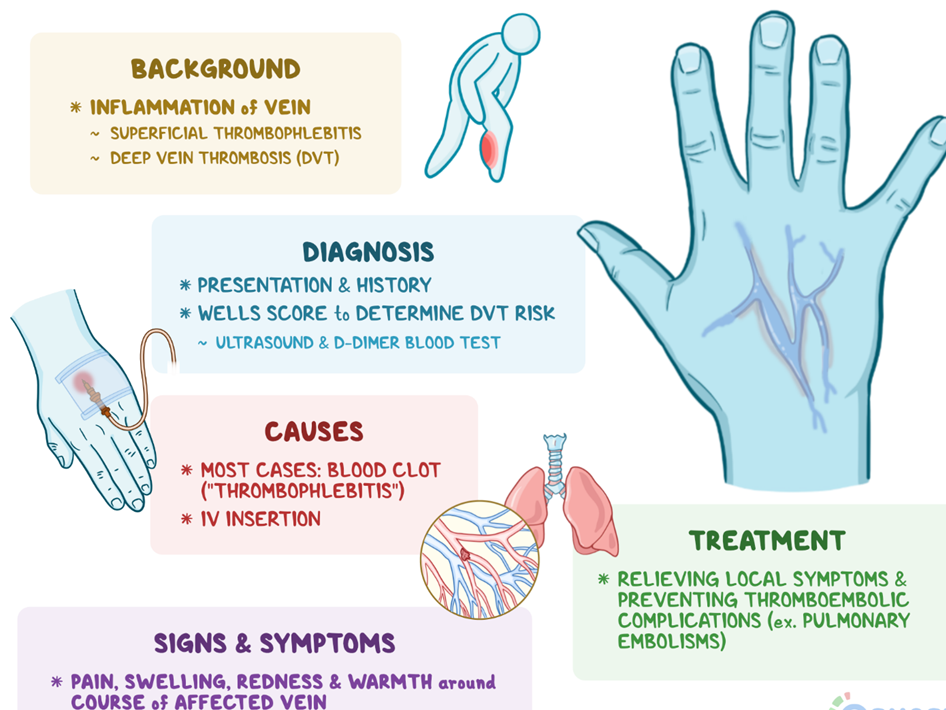A nurse is caring for a client who has heart failure and has been taking digoxin 0.25 mg daily. The client refuses breakfast and reports nausea. Which of the following actions should the nurse take first?
Request a dietary consult.
Check the client's vital signs.
Request an order for an antiemetic.
Suggest that the client rests before eating the meal.
The Correct Answer is B
A. Request a dietary consult:
While dietary concerns may be addressed, checking vital signs is the priority when a client reports nausea, especially in the context of medication administration.
B. Check the client's vital signs:
This is the correct action. Nausea can be a symptom of digoxin toxicity. Checking vital signs, especially assessing for changes in heart rate, is crucial in determining whether the client is experiencing adverse effects of digoxin.
C. Request an order for an antiemetic:
Administering an antiemetic may be considered later, but the first priority is to assess the client's vital signs and determine if the nausea is related to digoxin toxicity.
D. Suggest that the client rests before eating the meal:
Resting before eating may be helpful for nausea, but the priority is to assess the client's vital signs and determine the cause of the nausea, especially in the context of digoxin use.
Nursing Test Bank
Naxlex Comprehensive Predictor Exams
Related Questions
Correct Answer is D
Explanation
A. Coolness at the IV insertion site is not a typical sign of phlebitis. Phlebitis often presents with warmth or increased heat around the vein due to inflammation.
B. Drainage at the IV site might indicate infection or other complications but is not a specific sign of phlebitis. Phlebitis primarily manifests as redness, tenderness, and swelling along the vein.
C. Pallor (pale coloration) at the IV site is not a typical sign of phlebitis. Phlebitis usually presents with redness or erythema due to inflammation.
D. Erythema (redness) at the IV catheter insertion site is a hallmark sign of phlebitis. It indicates inflammation of the vein where the catheter is placed and is a common early sign of phlebitis. Other signs include warmth, tenderness, and swelling along the vein.

Correct Answer is D
Explanation
A. Keeping the lights on when the client is sleeping is not a standard intervention for seizure precautions. In fact, it's generally recommended to create a quiet and low-stimulus environment for clients with seizure disorders.
B. Restraining the client as soon as seizure activity begins is not recommended. Restraints can lead to injuries and complications during a seizure. It is essential to allow the client to move and prevent injury by removing harmful objects from the vicinity.
C. Having a padded tongue depressor available at the bedside is not a standard intervention for seizure precautions. In the event of a seizure, the priority is to keep the client safe, protect their head, and ensure a clear airway. Placing objects in the mouth is not recommended and can lead to injury.
D. Keeping the client's bed in the lowest position is a safety measure to prevent injuries during a seizure. It reduces the risk of falling from a significant height in case of a seizure episode.
Whether you are a student looking to ace your exams or a practicing nurse seeking to enhance your expertise , our nursing education contents will empower you with the confidence and competence to make a difference in the lives of patients and become a respected leader in the healthcare field.
Visit Naxlex, invest in your future and unlock endless possibilities with our unparalleled nursing education contents today
Report Wrong Answer on the Current Question
Do you disagree with the answer? If yes, what is your expected answer? Explain.
Kindly be descriptive with the issue you are facing.
